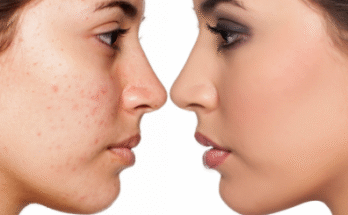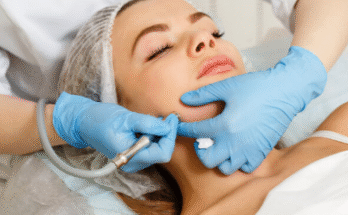Dealing with acne can feel frustrating, especially when it seems like no solution works consistently. One of the most effective and enjoyable ways to help manage acne is by using face masks. They are not only soothing but also designed to target excess oil, unclog pores, and calm inflammation. The key to success lies in choosing the right mask and using it correctly.
When selecting a face mask for acne, it is important to know your skin type and the ingredients that benefit it the most. Clay masks, for example, are excellent for oily and acne-prone skin because they absorb excess sebum and help prevent breakouts. Charcoal masks can also be beneficial as they draw out impurities from deep within the pores. For those with sensitive skin, masks containing soothing ingredients such as aloe vera or chamomile can help reduce redness without causing irritation.
Before applying any face mask, it is essential to prepare your skin properly. Begin by washing your face with a gentle cleanser to remove surface dirt, makeup, and oils. This step ensures that the mask can penetrate more effectively. After cleansing, gently pat your skin dry with a soft towel. Avoid rubbing, as this can aggravate acne and cause inflammation. For masks that require a warm application, like some clay masks, lightly steaming your face for a few minutes can open up pores, allowing the mask to work more deeply.
Application should always be done with clean hands or a brush to prevent introducing new bacteria to your skin. Apply a thin, even layer of the mask, avoiding the delicate area around your eyes and lips. Most acne-targeted masks should be left on for 10 to 15 minutes, but always follow the instructions provided on the product. Leaving a mask on for too long can dry out the skin and trigger further irritation. During this time, it is best to relax and let the mask do its work rather than constantly checking it in the mirror.
After the recommended time has passed, gently rinse the mask off with lukewarm water. Use circular motions with your fingertips to help lift the mask without scrubbing too hard. Pat your skin dry, and follow up with a lightweight, non-comedogenic moisturizer to restore hydration. Moisturizing is often overlooked but is crucial because even acne-prone skin needs balance to prevent the overproduction of oil that can lead to new breakouts.
Consistency is key when using face masks for acne. Most dermatologists recommend using a mask one to three times per week, depending on your skin type and the mask’s strength. Overusing masks can strip the skin of natural oils and worsen acne, so moderation is important. Keeping a simple routine that incorporates masks alongside gentle cleansing and proper hydration can provide noticeable results over time.
Finally, remember that face masks are a helpful tool but not a complete solution for acne. Lifestyle factors such as diet, stress management, and sleep also play a significant role in skin health. Additionally, if acne persists or worsens, consulting a dermatologist is always a good idea. With the right approach, face masks can become a relaxing and effective part of your skincare routine, helping you achieve clearer, calmer skin while also enjoying a moment of self-care.

